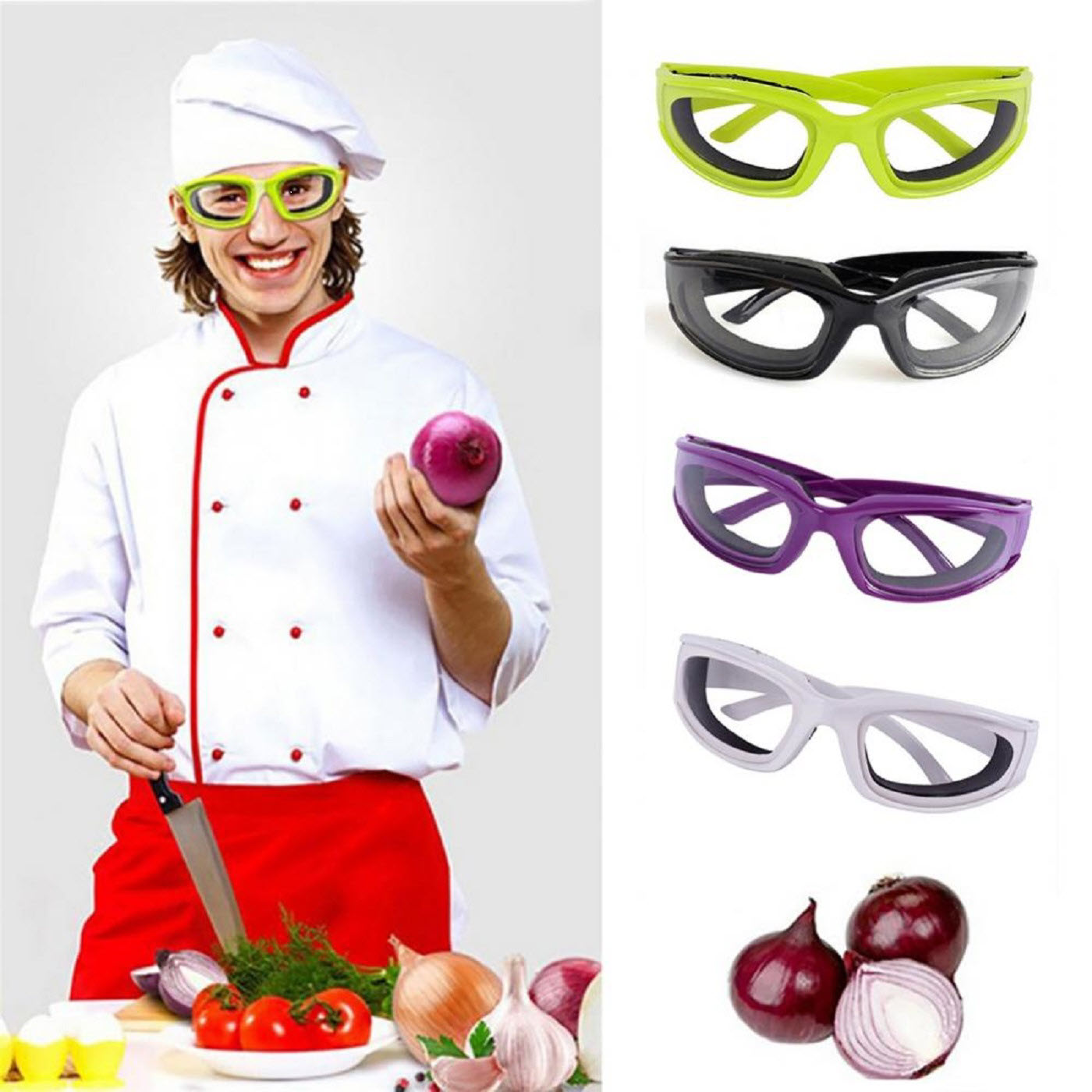Brian Brenner, P.E., F.ASCE, is a professor of the practice at Tufts University and a principal engineer with Tighe & Bond in Westwood, Massachusetts. His collections of essays, Don’t Throw This Away!, Bridginess, and Too Much Information, published by ASCE Press, are available in the ASCE Library.
In his Civil Engineering Source series More Water Under the Bridge, Brenner shares some thoughts each month about life as a civil engineer, considering bridge engineering from a unique, often comical point of view.
I was listening to a podcast where the subject of “onion goggles” was discussed. These are eye coverings that provide protection against onions. If you’ve never worked with onions before, a concern is that as you peel and cut onions, they release vapors, which can be irritating to your eyes. The mist is caused by chemicals believed to help onions defend themselves against underground predators like voles. Voles do not have protective goggles.

I like to make gazpacho, so I frequently deal with onions. My wife got me a pair of onion goggles, but I usually don’t wear them. This is my limited way of showing that I’m tough and to let the onions know who is boss. But now that I have a set of onion goggles, I realize that I own many different types of goggles. In addition to prescription glasses, I have onion goggles, swim goggles, and bridge goggles (construction goggles). My goggle drawer is full. Each of the goggle types provides eye protection, but in different ways.
The onion goggles mostly block the foul onion mist, but they do not do much more. They do not need to provide a watertight bond or resistance to impact. It is possible that in the future, onions will become semi-intelligent and try to fling themselves at my face while on the chopping board. Then the onion goggles will need to be upgraded. But that is not currently an issue.

As a side note, should you decide to eat onions and shallots together, you might consider composing a Haiku:
“Our onions and shallots,
Golden and grown by us,
Plaited together.” (See Note 1)
Swim goggles provide an increased level of eye protection. The issue is not avoiding a foul mist but avoiding fluids as you swim. Therefore, swim goggles need to provide a watertight seal against your face. The pressure to be resisted is greater than air pressure, and the seal needs to be tight to be effective. In the past, I wore swim goggles with neoprene foam lining, and it worked well. The neoprene was more flexible to fit different shapes and sizes and did a good job of keeping my eyes dry during laps. More recent versions use a wide plastic opening instead of the more expensive neoprene. The seal is made by tightening the goggles to create a small pressure vacuum around your eyes, keeping the ocean/lake/pool water out. This approach does not work as well, at least for me. Over time, the goggles lose their shape, and water seeps in.
Construction goggles, which I think of as bridge goggles because that’s how I think of everything, provide the most serious level of protection. They are part of the personal protection equipment needed for safety at construction sites. Other PPE items include safety vests, steel-toed workboots, and construction helmets.
Construction safety goggles protect your eyes from impact and debris at construction sites. The goggles ideally wrap around your face to more fully provide protection. The material used to resist debris impact is stronger and stiffer than what is used for onion or swim goggles. Construction goggles may be polarized to limit glare or tinted, and can also for corrective eyesight. However, wearing regular prescription eyeglasses does not protect against impact and other construction site hazards.

Advancing technology has led to the development of “smart” construction goggles, which may offer other features. In a blog post for the National Center for Construction Education and Research, Rina Jacobs wrote:
“A more advanced way smart glasses can help now on construction sites is with photographic documentation of construction sites. Rather than recording with a handheld device, professionals can use the smart glasses from Ray-Ban to take photos and videos hands-free. With just a simple voice command, the smart glasses can quickly capture pictures or record videos from a first-person perspective. This feature can be useful for professionals who record any progress or variations with the construction site as they work on specific tasks. Professionals can also take photos of certain portions of the site and send the files to clients who want an immediate update about the project.” (See Note 2)
Jacobs speculates that such smart glasses could also coordinate directly with Building Information Models for easier field checking of as-constructed 3D geometry.
Developing smart goggles would seem to provide many potential benefits, as well as a lot of potential drawbacks. My current smartphone often dials itself and talks with my friends. A concern is that if I had advanced smart construction safety goggles, they might develop sentience like my smartphone and decide to react to commands in unexpected ways. For example, I could be at a bridge site and say something offhand like “drop the beam,” and the smart construction goggles would instruct the smart crane to unexpectedly drop a beam. If it was near a farm, the beam might land on a patch of newly sentient onions.
If that isn’t enough to be concerned about, consider artificial intelligence.

It seems that with the need for so many types of goggles, it would make sense to combine their functions into one. This uber-goggle would be an onion-construction safety-swim goggle. The innovative, combined product could help address that gap in the growing market for bridge engineers who swim and make gazpacho. An advanced version could perform all three functions while also addressing nearsightedness.
Note 1
From https://mybeautfulthings.com/2012/09/07/three-haiku-raindrops-mist-and-onions/
Accessed October 2024
Note 2
From “Are Smart Glasses the Future of Construction Eyewear?”
Accessed October 2024



